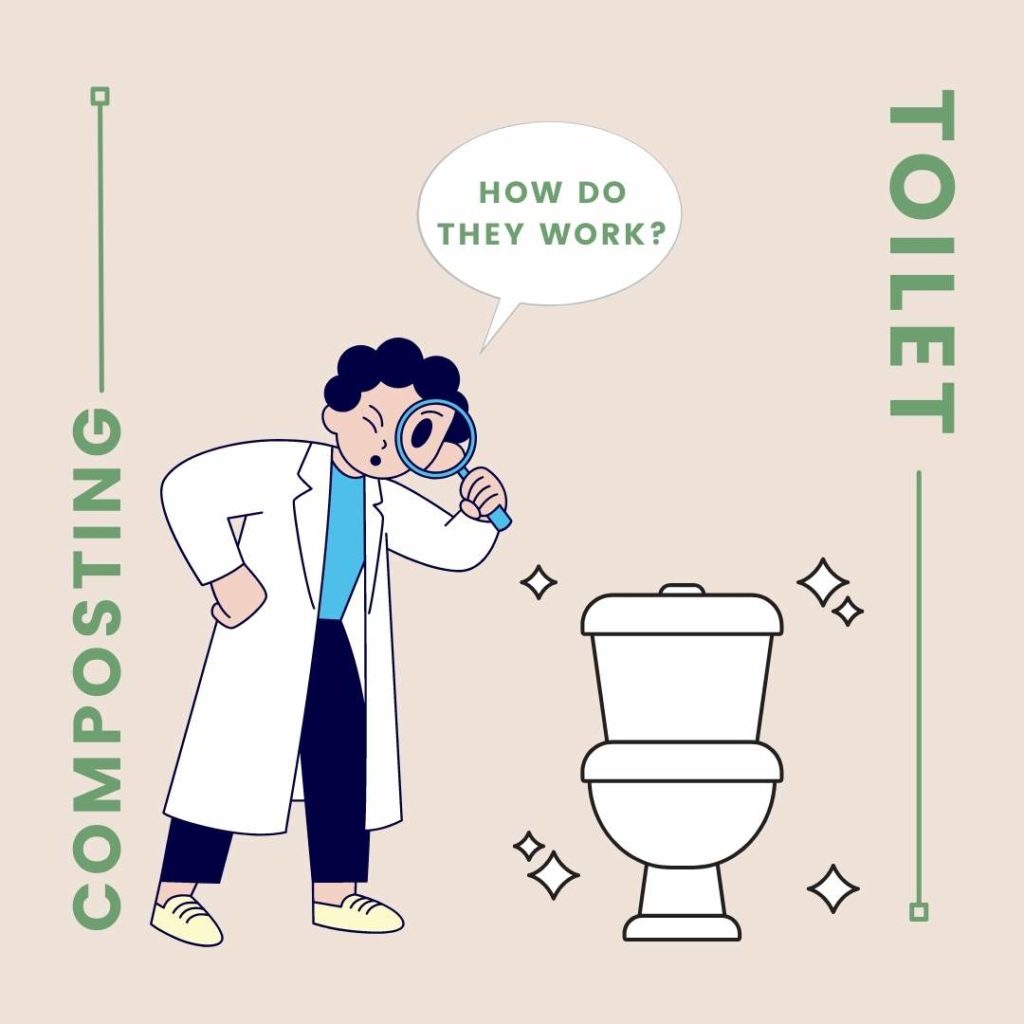
Composting toilets are an amazing way to save money while reducing your impact on the environment. Here, we explore the natural processes at work in a composting toilet, as well as the components which make it all happen with ease and without odor.
Composting toilets – how do they work? How can you install one in your house? Where should you put it? How often does it need to be emptied, and what is the process of emptying it out like?
All these questions and more will be answered below!
How does a composting toilet work?
A composting toilet is a variety of dry flush toilets that uses the biological process of composting to handle excrement. It is a simple composting system, similar to those used in the garden, but for human waste.
They typically contain a vent system (sometimes known as an evaporation chamber) that exhausts air from the composting waste container to help reduce moisture content and maintain a healthy compost and odor-free space.
Self-contained composting toilets, also known as split-system composting toilets, and central composting toilets are the two types of composting toilet systems.
This method decomposes carbon material and organic materials, turning human waste into compost. The composting process is carried out by microorganisms under-regulated aerobic conditions (primarily bacteria and fungus).
The majority of these toilets are referred to as “dry toilets” or “waterless toilets” since they do not require water to clean or flush.
In various types of composting toilets, a carbon supplement such as sawdust or peat moss is added after each use to aid in the breakdown of the solid waste. This technique produces air spaces that allow human feces to decompose aerobically.
This also increases the quantity of carbon and nitrogen in the air, which decreases the likelihood of odors.
A composting toilet is great for vacation homes, your own home, RV, cottages, and just about any other type of habitation! As they use less water and put something good back into the earth, they are often known as the best small footprint toilet.
The Pros and Cons of Composting: What You Need to Know
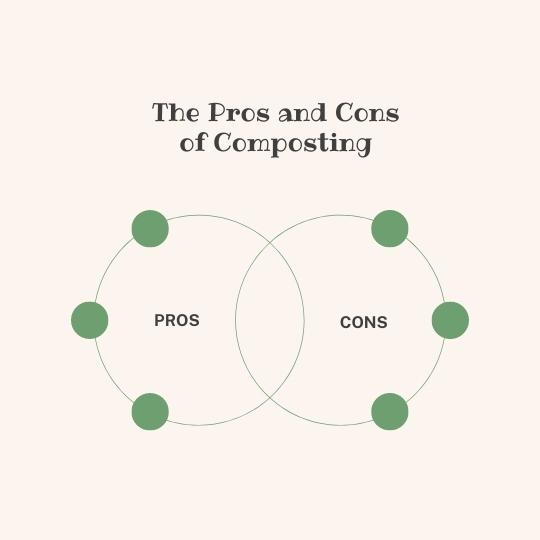
A composting toilet system is an eco-friendly way to break down organic material such as leaves, lawn clippings, plant debris, and food scraps into a nutrient-rich soil amendment for agricultural applications or mulch for landscaping needs.
Composting is a great way to reduce your carbon footprint while also producing an excellent fertilizer for plants. Composting can even be done in small spaces like your own backyard!
But before you start, there are some things you should know. Read on here to learn about the pros and cons of composting!
Kinds of composting toilets
Before digging into the details of how they work, it’s important to understand the differences between the main kinds of composting toilets that are on the market.
Traditional composting toilets.
Dating back from the original outhouses and pit toilets, these come in a variety of shapes, sizes, and complexities, but essentially are big holes that you poop and pee in!
There are some clear disadvantages when compared to modern composting toilets – the smell, the size of the hole required, and the risk of trouble in flood-prone zones.
Active composters
Also known as self-contained composting toilets, active composters contain a larger storage unit than dry flush toilets. Solid waste is directly composted in the storage unit. The owner will need to put some effort into maintaining the right conditions for composition, such as adding a carbon material like coconut coir to encourage aerobic processing and microbial starter cultures.
These toilets are bulkier than their dry flush cousins, although they take up roughly the same floor space.
Vermifilter toilets
A vermifilter toilet uses some flushing water and earthworms to aid with the decomposition of the compost. The solids (poop and toilet paper) are broken down by bacteria and the earthworms to produce humus with a significantly reduced volume.
Some users of dry toilets also add earthworms to their mix to help with the decomposition process.
Dry Flush (waterless) Toilets
Otherwise known as ‘slow composting’ or ‘moldering’ toilets, these are the most popular category of composting toilets, and the ones that we’ll be focusing on in this article. Here, the initial part of the composting process takes place in the toilet’s in-built chamber. The chamber is then emptied regularly into a larger compost pile away from your residence. The main benefit of this is that the toilet unit can be smaller.
The most popular brands, Natures Head and Air Head, both separate urine from solid waste. This helps to prevent the foul odors that occur when urine and poop collide. You’ll actually be surprised how little odor there is.
For the rest of this article, we’ll be concentrating on the dry flush variety of composting toilets.
What processes are in action?

The main biological process of composition is a fairly simple one, but one that can be improved or hampered by external factors such as temperature, drainage, aeration, and ventilation.
Composition
The best carbon to nitrogen ratio for composition is around 30:1. Urine has a high nitrogen content, but as dry toilets divert the urine you don’t need to worry about this. Instead, just add some sphagnum peat moss or coconut fiber to maintain the right consistency and you should be fine.
Temperature
Heat will speed up the composting process in your dry toilet and kill pathogens that may be in the waste. Decomposition will naturally generate heat, but if the chamber of your dry toilet is too small to get hot enough for quick decomposition of liquid evaporation, a heater may be used.
Aeration
Aerobic decomposition is faster and less smelly than anaerobic decay [1]; therefore, we should maintain a certain amount of air throughout the pile to maintain aerobic conditions. Thankfully, this is easily achieved by turning the crank handle on the side of your toilet.
The end result
Properly composted human waste does not contain any pathogens or viruses, as these are destroyed during the bacterial breakdown. You are then left with a nutrient-rich fertilizer that can be used in the garden, reducing your need for commercial fertilizers and preserving local water quality. Do note that human waste should not be used to fertilize any edible products.
In 2006 the WHO set up guidelines on how human waste can be reused safely by following a ‘multiple barrier approach’.
The components of a composting (dry) toilet
Urine diverter
This is the crucial part of the system that separates the pee from the poop and avoids all those awful smells. The design is simple but effective; you’ll get used to using it really quickly, but will have to explain how to use it whenever you have guests!
Composting chamber
All the poop is collected in the composting chamber. The Nature’s Head is rated for 90 uses or about 3-4 months of regular use per adult. Simply empty it out when the level gets to about the crank handle. Don’t use bleach or other chemicals to clean it as they mess with the decomposition process.
Crank handle
This sits on the side of the composting chamber. Give it a turn after every use to keep some aeration in the mix.
| Image | Product | Our Score | Learn More |
|---|---|---|---|
Most Reliable 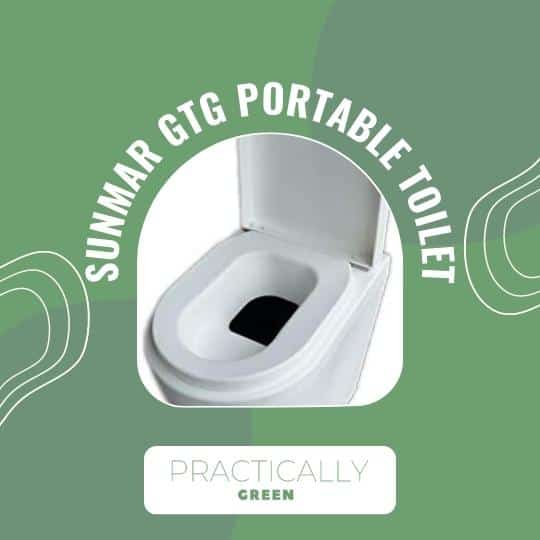 | Sun Mar GTG Portable Toilet Sun Mar has a patent for the most efficient composting method, all while having a long-standing history of creating and producing composting toilets. | 9.2 | Check Latest PriceRead Full Review |
Best Value 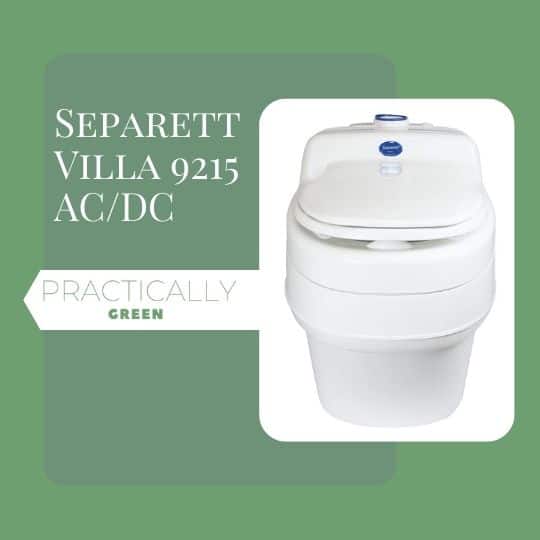 | Separett Villa 9215 AC/DC Separett has been developing waterless toilet solutions for over 40 years with the goal of improving quality of life and making everyday living easier and more pleasant for everyone. | 9.5 | Check Latest PriceRead Full Review |
Best Overall 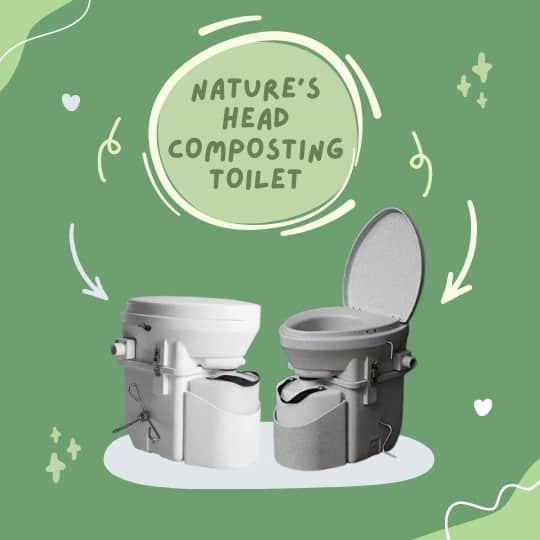 | Nature’s Head Composting Toilet The Nature’s Head composting toilet is one of the most popular models out on the market right now. Tiny house owners absolutely love them, and for good reason too. | 9.1 | Check Latest PriceRead Full Review |
Best Value 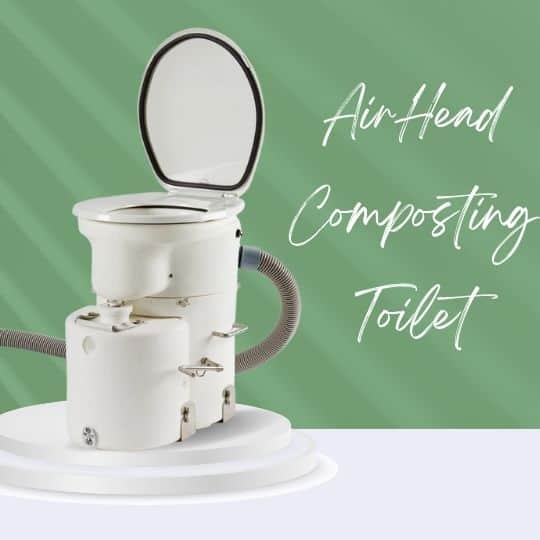 | Air Head Composting Toilet A convenient installation for mobile lifestyles. It eliminates the need for water flushing, is easy to use, has a female-friendly design, and is water efficient, | 8.8 | Check Latest PriceRead Full Review |

